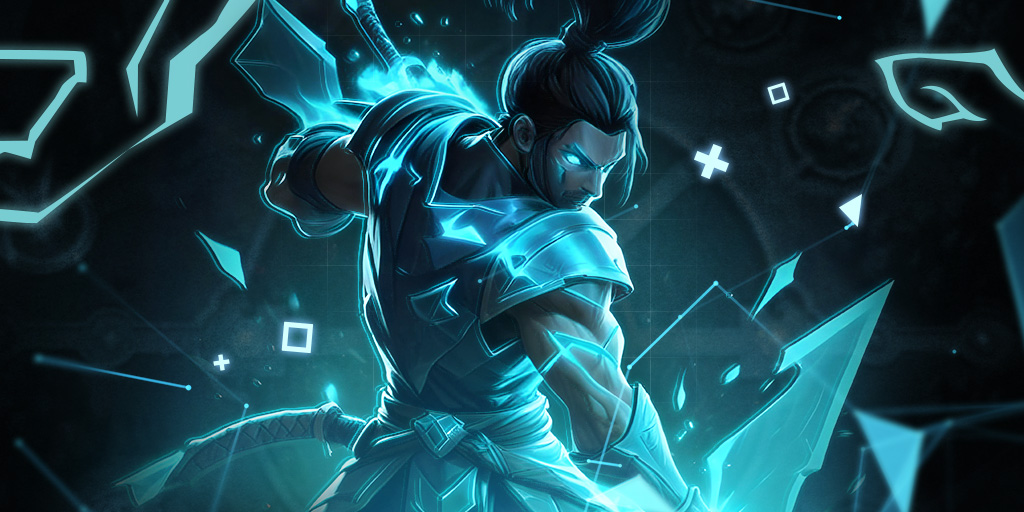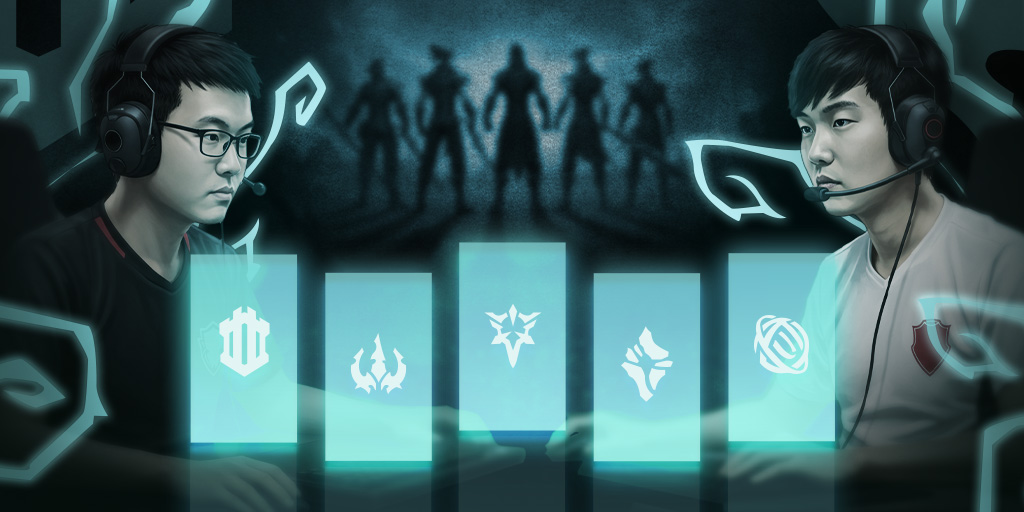The goal of making a LoL prediction in betting is to determine the outcome of a Team A vs. Team B match with greater accuracy than bookmaker odds. Predicting LoL matches requires bettors to analyse an evolving set of variables both inside and outside of the game. How can you improve the accuracy of your LoL predictions? Read on to find out more.
League of Legends presents a myriad of variables to both players and bettors alike, determining the winning side in a match-up can change from moment to moment, and having the ability to distil information that the game presents will drastically improve the ability to make accurate predictions.
If you are conducting research to improve your LoL predictions, we provide a variety of event previews on our blog and currently publish a weekly power ranking article for the LCS and LEC. Other resources that can prove useful include Oracle Elixir, Pro view and lolesports VOD viewer.
Identifiying key players
Consistency is a valuable commodity for the top performing teams in esports and LoL is no exception. Being able to identify the key players that perform at the highest level can provide invaluable insight which can, in turn, be utilised to form the foundations of an accurate LoL prediction.
A key player will typically fulfil a role in a team that shapes the fundamental dynamics of how it operates, they can range from being efficient communicators to enigmatic leaders. Historically, many of LoL’s key players have been found in the Mid-lane with individuals such as Faker, Rookie and Caps carving their legacies as important figures within their respective teams.
Key players aren’t limited to the Mid-lane with names such as Doublelift, TheShy and Svenskeren worth an honourable mention.
Within the game, key players are commonly characterised by their ability to be self-sufficient, create advantages for the team and exert their influence on the map. In disadvantageous champion matchups, key players are able to successfully mitigate disparities, offer strategic depth through extensive champion pools and provide a stabilising presence forged through experience.
Some professional teams live and die by their key players. An extreme example of this is long-time Royal Never Give Up bottom lane marksman Uzi, who has for years been touted as the core around which RNG revolves. From a statistical stand-point, Uzi’s performance in-game has been correlated with the team’s overall win rate over the years, and thus opponents have consistently made an effort to craft strategies that suppress him.
Infrastructure and coaching in League of Legends Esports
Much like in traditional sports like Basketball and NFL, the importance of infrastructure and coaching in esports has seen a sharp rise in priority. Top tier LoL teams have invested heavily in optimising the training environment given to their players with teams vying to hire coaches that have a proven track record in shaping championship level teams. SKT T1’s head coach KKoma stands out at the apex of this movement with analysts crediting his leadership outside of game for the three World Championship titles SKT T1 now holds.
Understanding the infrastructure and coaching of a team can go a long way in helping you to increase the accuracy of your LoL predictions. It can provide information such as the mental fortitude of the players, the adaptability to meta shifts and the strategic depth available to a team.
A well-developed coaching staff can include sports psychologists, role analysts, nutritionists and more. These positions all contribute to maximising a team’s performance when it matters most and can help you ascertain whether a team has been well prepared for a matchup.
What is the meta in League of Legends: Understanding the meta
The ‘meta’ within LoL is an essential concept to understand when evaluating your predictions in a betting scenario. It typically refers to the most optimised strategy, team composition and champion itemisation within a specific patch based upon data sets pulled from various professional LoL regions, private scrimmages (scrims) and solo queue statistics.
The meta can favour some teams more than others; an example of this would be Europe’s G2 Esports who have benefited from a meta that rewards early game initiatives.
Having an understanding of the meta will enable you to assess whether a team and its play style are suited for particular patches. Due to the extensive history of some pro players in the game, bettors can evaluate the affinity of a pro to utilise meta champions in their role, adapt their champion pool in the pick-and-ban phase, and benchmark their current performance against past data.
It is important to note that following the meta isn’t necessarily a formula for success as other variables can come into play such as counter-picks, off-meta team compositions and pocket picks. However as previously stated, the meta is dictated by quantitative data and the most successful LoL bettors will leverage their understanding of the meta to find an edge.
Applying macro strategy knowledge in League of Legends
’Macro strategy’ (macro), which is an umbrella term that covers concepts such as vision control, coordinated team movements and objective priority, is a layer that can contextualise a team’s performance within a meta. For example a high vision score will indicate that a team has a dominant Jungler and superior team coordination, while a high turret destruction count in the early game can indicate dominant lane picks and better lane control.
A particular metric that bettors will want to be aware of is the Gold Difference at 15 minutes (GD@15). This metric is particularly useful in identifying whether or not a team is likely to convert a gold advantage into a game win. A positive GD@15 for a team over a season can indicate a whole host of characteristics from the relative strength of the roster to the adaptability against a range of opponents.
Understanding macro isn’t easy and successfully applying macro knowledge requires a deep understanding of LoL’s core game mechanics. The best teams in LoL will have a meticulous macro strategy in place which typically results in shorter average game times, greater control of objectives, higher kill participation ratios and advantages in gold and experience.
Assessing a profitable value proposition
This article doesn’t provide an exhaustive list of variables to consider when making a LoL prediction, however, the concepts covered can provide greater insight into whether or not a bookmaker’s odds present a profitable value proposition when contextualised within these parameters.
Making accurate LoL predictions and being profitable can be difficult, bettors looking to achieve both can reference our articles on Expected Value (EV) and implied probability. These two articles cover how bookmaker’s odds can influence the profitability of your betting strategy and can vastly decrease the risk to your bank roll as you move forward with your LoL betting.



